Cold Weather Hassles: Protecting Your Camera in the Cold
Your camera. It’s your most prized possession as a photographer. It lets you express your creativity, earn a living, or maybe just experiment on a hobbyist level. Whatever photographers use their cameras for, one thing’s certain: Weather, especially cold weather, can jeopardize the life of your camera.
Replacing your camera won’t be cheap, and it’s totally understandable if you’ve gotten very used to and comfortable with the camera you’ve been using for a long time. You want to prolong its life as long as you possibly can, and that doesn’t mean that you have to avoid cold-weather shoots, necessarily.
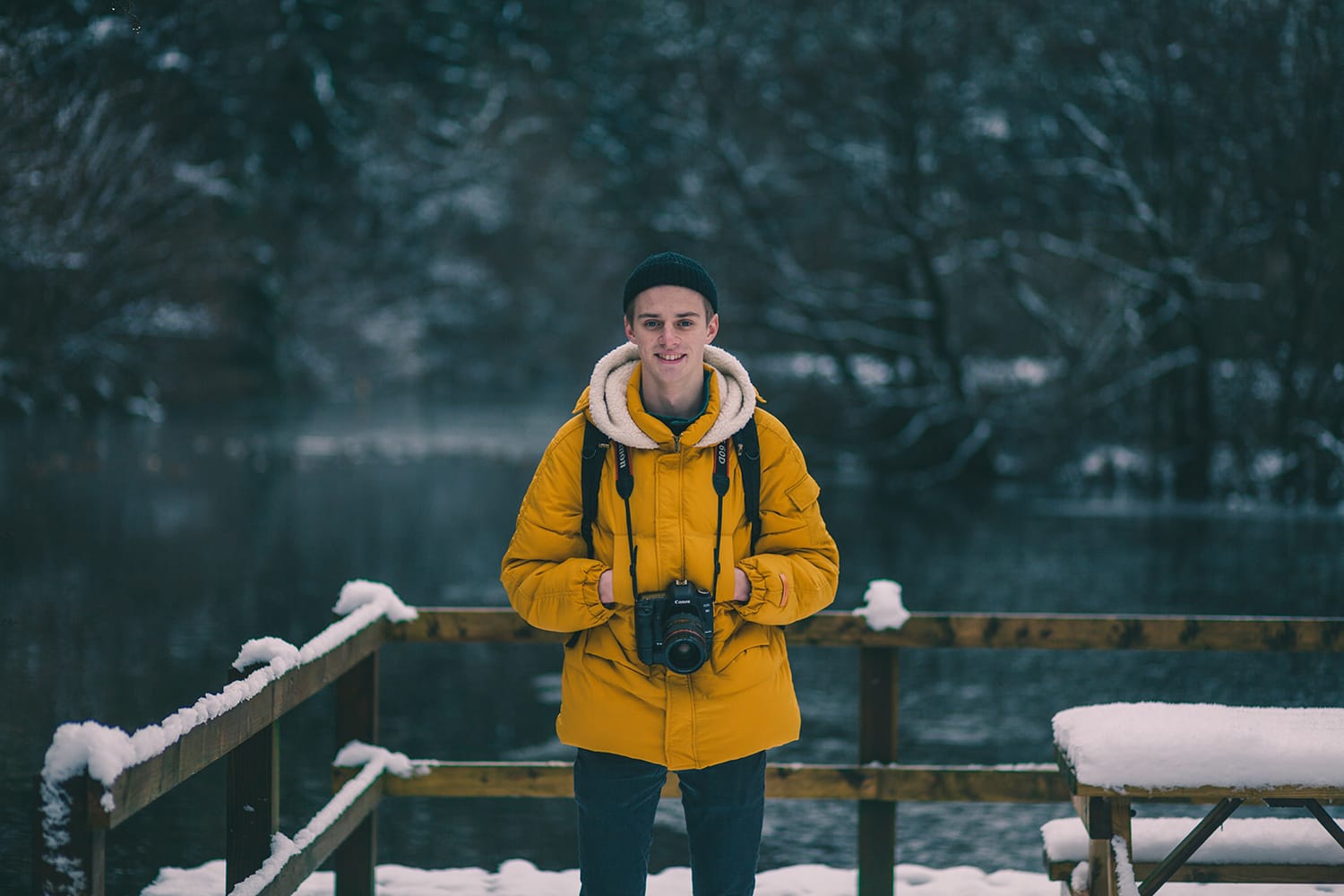
You simply have to take some common-sense precautions when dealing with a cold climate.
Taking a BackPack With You
As far as no-brainers go, this is right up there, but you’d be surprised at how some photographers can miss the obvious. A camera backpack is convenient and lets you easily carry your camera as well as any other accessories.
In cold weather, it doesn’t just help your camera stay dry and free of moisture, but it also protects it (to a degree) from the cold temperatures. This should always be a part of any cold-weather shooting excursion.
Freezing Water on the Camera – That’s a No-No
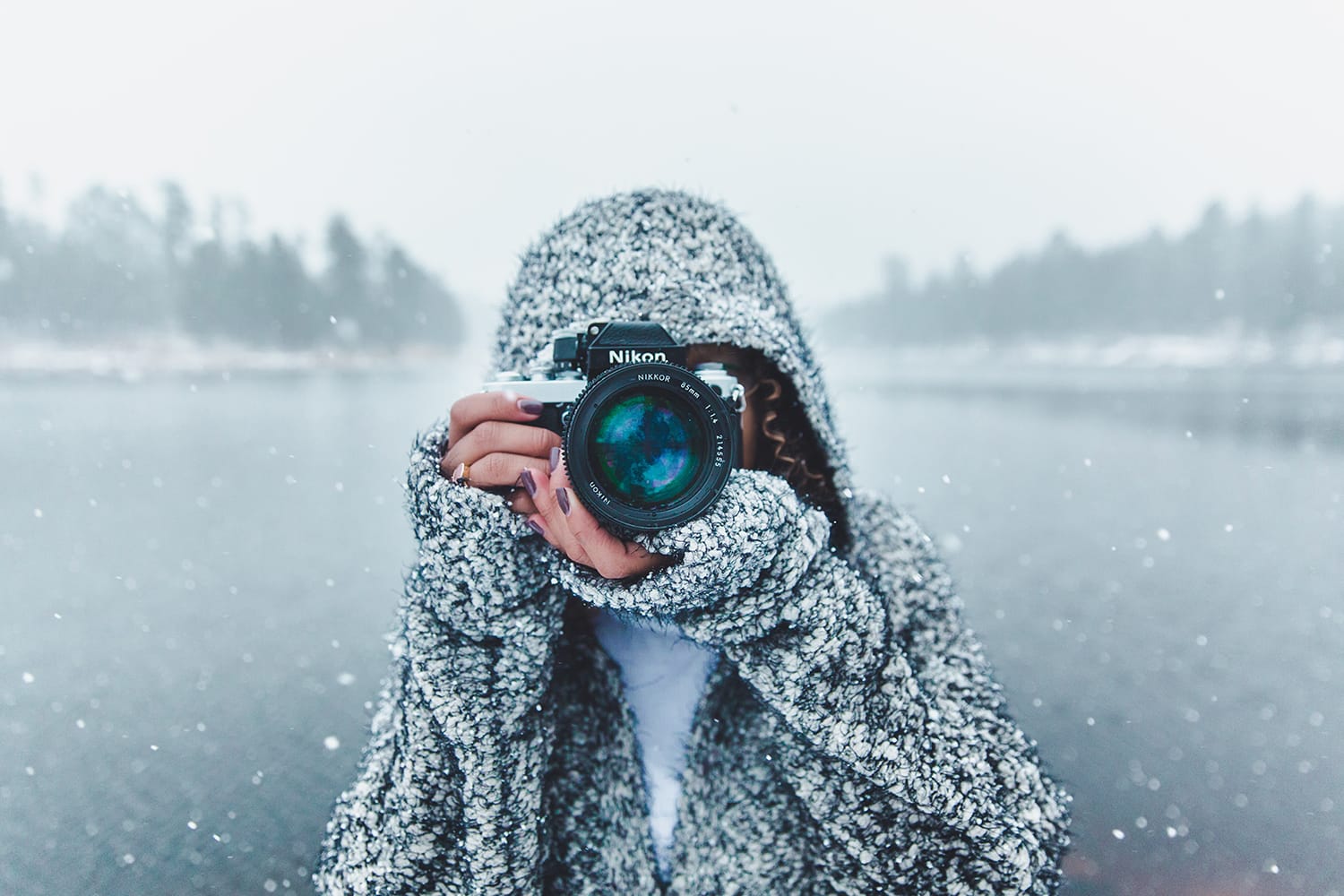
It’s inevitable. You’re out in the cold, and you’re shooting. As the shoot goes on, freezing water likely will get on the camera. If it’s snowing, when the temperatures reach the freezing point or below it, that’s obvious, but freezing water can also get to your camera when you breathe on it. It’s true.
Water droplets in your breath can actually create condensation that’s going to freeze. When this occurs, damage to your camera is imminent.
In both scenarios, use a cloth without any lint on it to wipe your camera dry. No moisture should remain, so periodically check your camera, and then wipe off any wetness as soon as you notice it.
Any Plastic Camera Parts
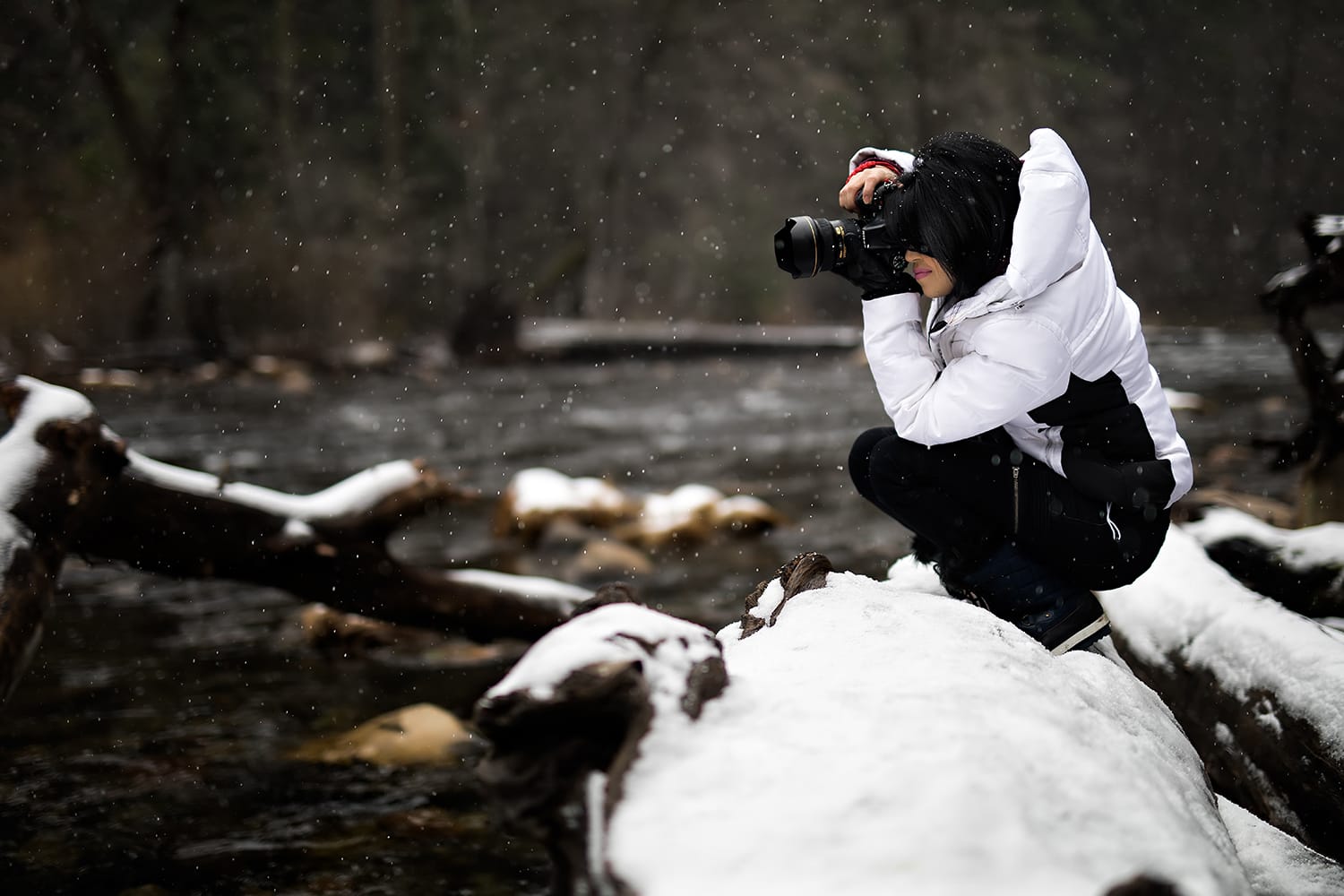
Plastic is not the sturdiest material. If your camera has any plastic parts on it, then taking it out for extended periods of time in cold weather will be a problem. You see, plastic has a tendency to fully break instead of bending when you introduce it to cold temperatures for a long enough period of time.
Whereas plastic is usually designed to conveniently bend in normal temperatures – for instance, for catches and hinges – it won’t in really cold environments.
So when you’re trying to open a plastic camera door in cold weather, do it very slowly and carefully. The last thing you want is to damage a battery compartment door or something similar.
Protecting Your Batteries
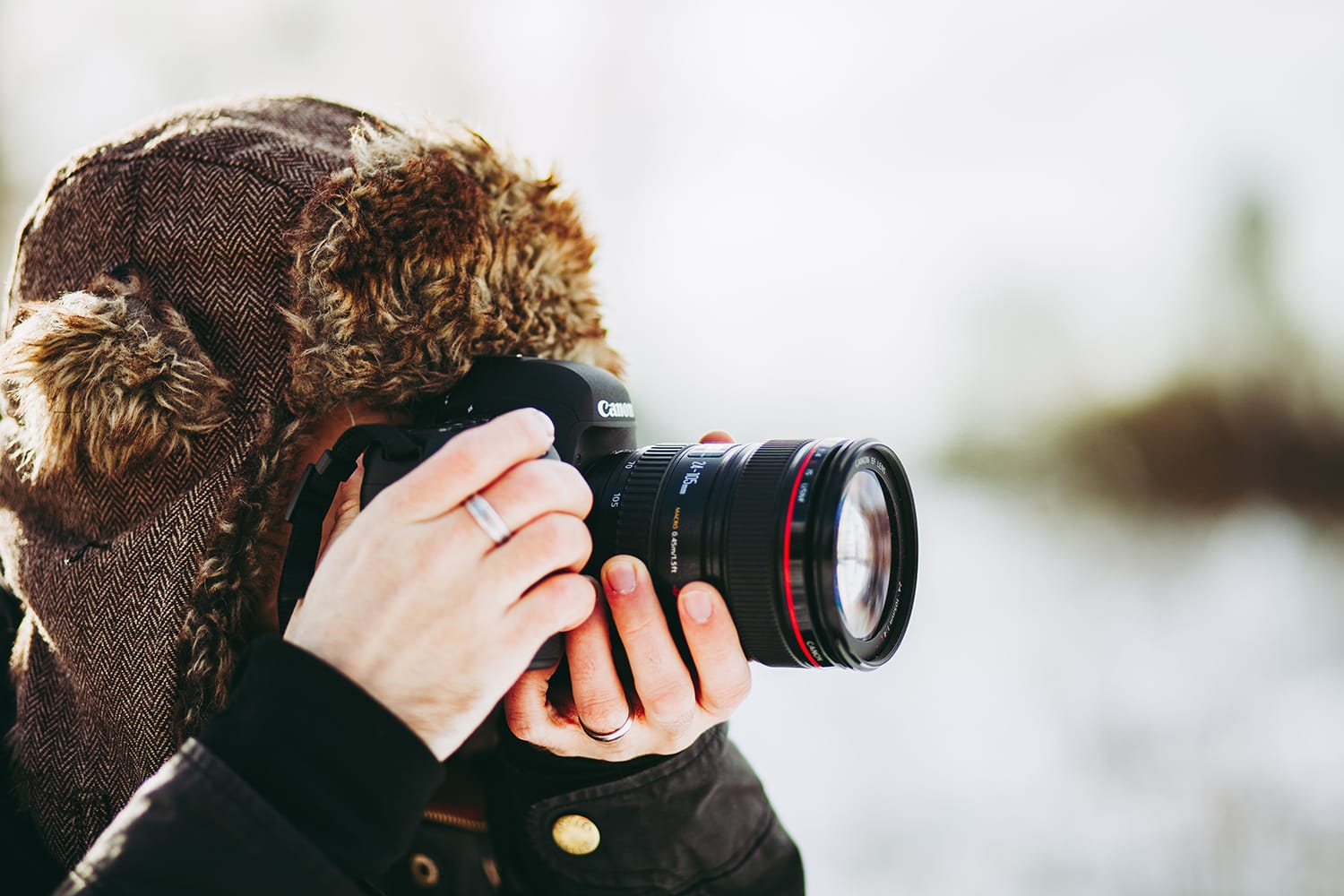
Taking care of your batteries in inclement weather is part and parcel of taking care of your camera. Just as your camera won’t do well in cold temperatures, so, too, your batteries won’t fare well either.
So what can you do?
For starters, in the cold, make sure your spare batteries are close to your warm body, such as in your jacket pocket. It’s a good idea not to put your batteries into your camera until you’re ready to shoot – precisely so they can stay fresh and properly working until the very second you need them.
Alternately, you can also purchase an external battery pack that attaches to your camera through a cable. With this arrangement, you can keep your batteries warm under your jacket. Finally, it’s a good idea to avoid alkaline (especially rechargeable ones) batteries because they generally tend to underperform in cold weather.
When Using Your Camera
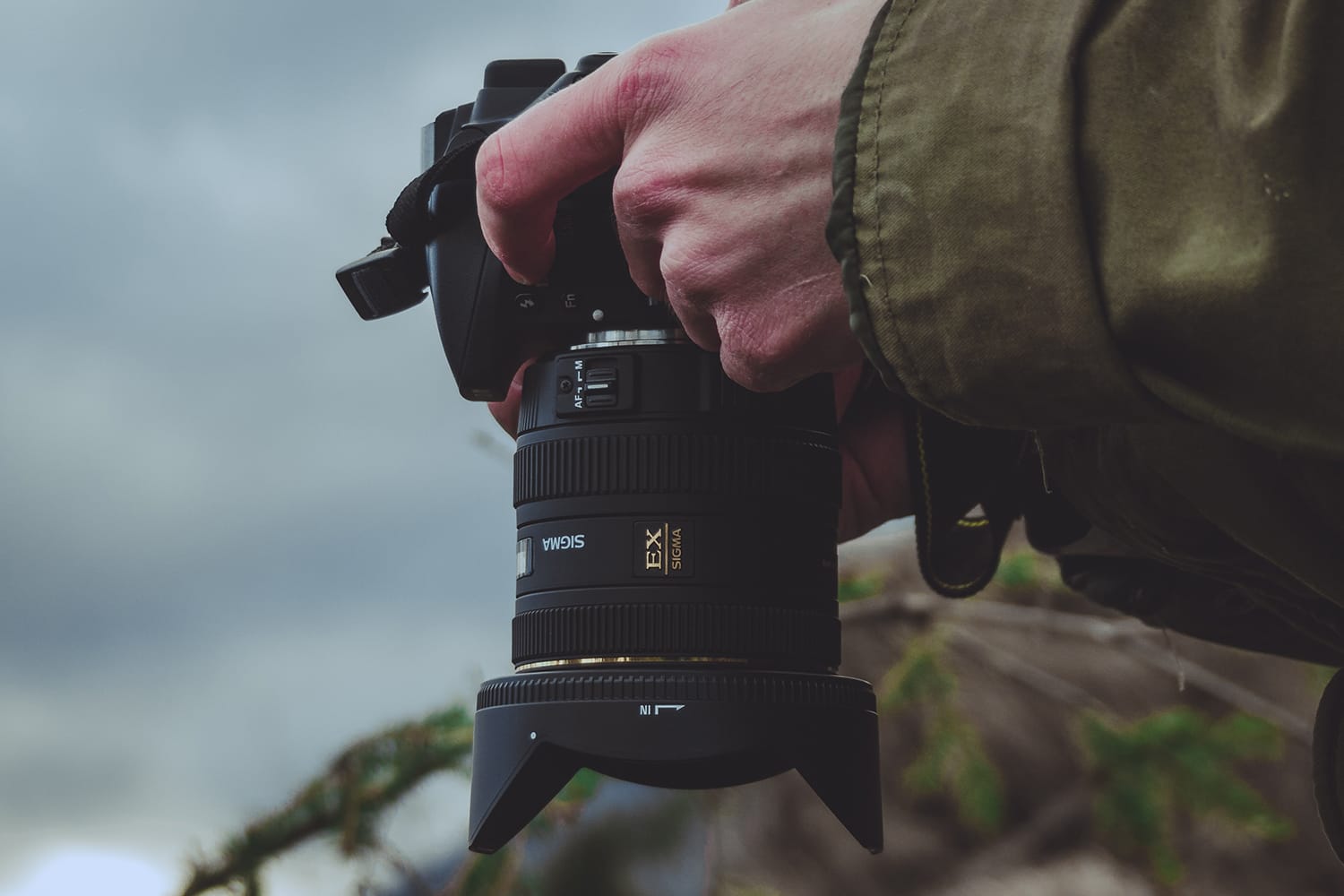
As a hard and fast rule, only take your camera out of your backpack when you’re ready to start shooting in earnest. None of this walking around with your camera in your hands until you see the scene you want to take a picture of! Doing this is a good way to accidentally drop your camera and break it, as cold weather means snow or ice on the ground for you to slip on.
Only take the camera out of your backpack when you’re on firm, stable ground, so check to see if there’s any ice or slush on which you can slip beforehand. Also, don’t walk around too much; stand still when taking your shot.
Once the camera’s out of its backpack, be sure to utilize either a wrist or neck strap for added safety and precaution. The last thing you want is for your camera to survive the cold, but for you to drop your camera and have it break or get damaged.
Airtight Plastic Bag
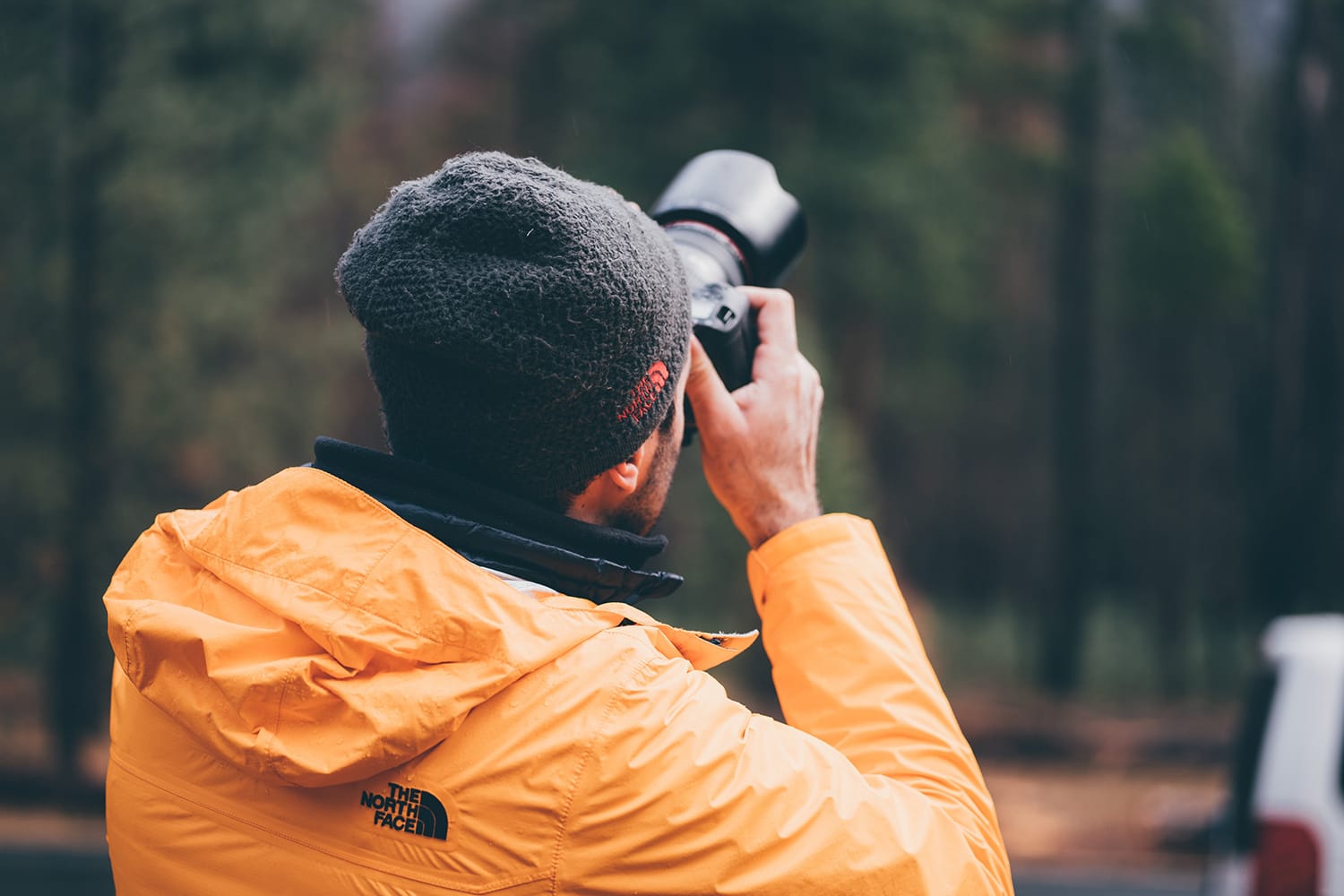
Carrying an airtight plastic bag with you will help fight off condensation and protect your camera. If you’re all done with using your camera in cold temperatures, place it into this airtight plastic bag. Wrap it up nicely in there; the moisture should form on the bag’s outside, thereby sparing the outside and inside of your camera.
Even when you return home (or just step inside any building with heating and regular temperature), don’t immediately take your camera out of this airtight wrapping. Instead, leave it nicely sealed there for another two hours. This way, your camera has a chance to gradually warm up, which is helpful for all of its working parts.
It is so vital that your camera adjusts to room temperature instead of just introducing it to a really warm area. Ideally, you’ll want to first put your camera into an unheated room before bringing it to a heated area indoors.
The Cold Is Harsh
Cold temperatures are definitely not friendly to your camera. You want to preserve your camera for years and years to come, so follow the tips in this article to ensure that you get the best performance from your camera for a long time.
It’s really these simple precautions that you can easily do that make all the difference in the world. By doing these common-sense things right, you can spare yourself a lot of trouble with a damaged camera, and you’ll also spare yourself the cost of having to buy a brand-new one! Remember, great photography can (and does) happen in bad weather conditions!
